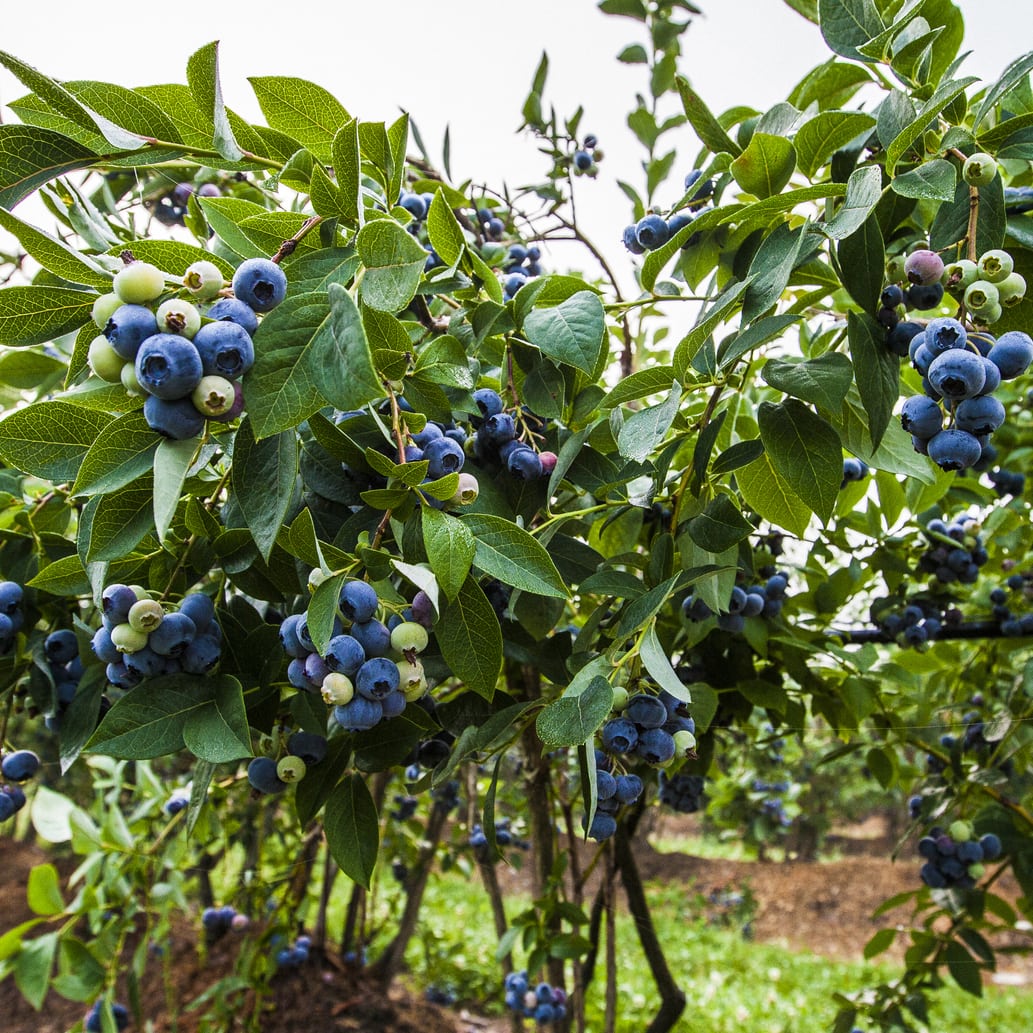AUBURN UNIVERSITY, Ala. – Blueberries are a great source of nutrition and offer a delicious taste. Planting blueberries can be done simply if growers consider a few things. Factors such as varieties, disease issues and even the method of planting all play a role in helping a blueberry bush become productive. Chip East, an Alabama Extension regional agent, gives his recommendations on planting and growing a healthy blueberry bush.
Before Planting Season
East said that there are several things that growers can do before the planting season begins.
“I would rather plant during the dormant season which is the winter months,” East said. “However, there are some things that can be done before the planting season that would be helpful.”
According to East, one thing growers can do ahead of time is contact some nurseries and place an order.
“I highly recommend this for commercial growers because plants can be hard to find and certain cultivars may sell out,” East said. “Even small growers may benefit by giving the nursery time to find the cultivars they are interested in planting.”
An eager producer could also start managing weeds, adding organic matter and building raised beds before the planting season as well.
“I would definitely think about how the plants will be irrigated before purchasing the plants,” East said. “For the small home producer, this may be as simple as having enough water hose to reach the plants. For the large producer, this may involve drilling a well, running water lines to the field, etc.”
Soil
Blueberry plants should be planted in well-drained soil, where they have access to full sunlight. East recommends adding organic matter, such as peat moss or aged pine bark, to the soil. Another thing to consider when planting is the soil’s pH. The levels should be around 4.5 to 5.5. Adjustments can be made to get the soil within this range. However, if the soil has a naturally high pH, planting in containers or choosing a different crop may be the best option.
Planting
East said different varieties need certain planting practices.
“Southern highbush blueberry plants are susceptible to root rot and should always be planted on raised beds,” East said. “The Rabbiteye species use to be planted at ground level, but raised bed plantings have also become the standard practice.”
Planting on a raised bed helps with drainage when it rains excessively over periods of time. Growers should position the beds where they do not dam up rainwater and where water leaves the field.
Rabbiteye plants should be planted 5 to 6 feet apart and the Southern highbush planted about 4 feet apart. Each row should have 12 to 15 feet between them. When the plant is removed from the container, either massage the root ball or cut slits in the root ball to encourage roots to grow out. If you do not do this step, roots may continue to circle even when planted in a bed.
East warns not to set the plants too deep.
“The top of the root ball should not be covered with soil when planted,” East said.
Blueberry plants will grow much better if no weeds are growing in the root zone of the plant. Mulching and hand weeding can help with this. East recommends mulching with pine straw or pine bark. There are also several herbicides labeled for blueberry plants.
More Information
Alabama Extension has the publication Home Gardening: Rabbiteye Blueberries, ANR-1078, that offers great information on blueberries. For more information, visit www.aces.edu or contact your county Extension office.














